
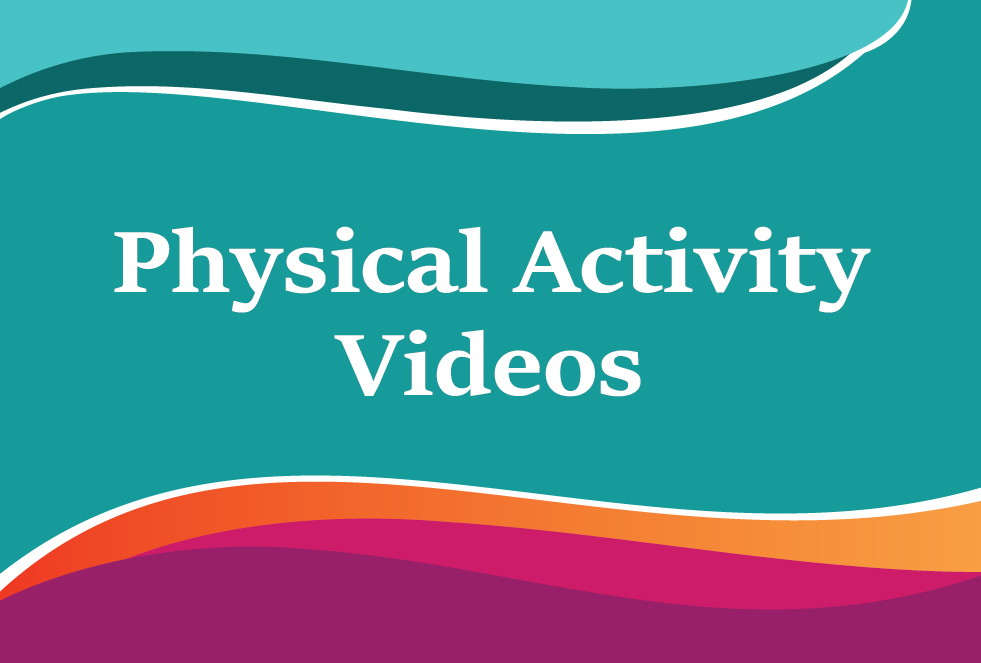
Physical activity is one of the simplest yet healthiest things you can do for your health. Physical activity leads to many benefits such as better cardiovascular health, increased muscle mass, more bone density and improved balance. All these benefits mentioned help prevent and reduce the risks of other illnesses such as bone fractures, diabetes and heart disease.
Physical activity refers to any activity which requires movement. Of course, there are different forms of physical activity. Some activities such as walking or carrying groceries are lightly active while others such as running, or weight training are more intense.
The WHO guidelines on physical activity state that adults (18-65 years) should aim for:
• 150-300 minutes of moderate intensity physical activity a week (walking, swimming, cycling) OR
• 75-150 minutes of high intensity physical activity a week (running, stairs, sport) OR
• A combination of moderate and high intensity AND
• 2 days a week of resistance training (weights, bodyweight workouts)
Ask yourself how physically active you are?
How many days this week did you carry out 30 minutes of exercise? Does it add up to 150 minutes?
If your answer is ‘YES’, well done keep it up, if your answer is ‘NO’, see what lifestyle changes you can do to become more physically active.
A wise way to go about planning an increase in physical activity is to create an overall image which includes a start and end point. For example:
• Document your history of physical activity and preferences
• State what your current levels of physical activity are
• Write down your goals
• Identify the gap between what your current levels are and goals
• Bridge the gap with the lifestyle changes you are going to be undertaking and schedule them into your life using a calendar (physical calendar or google calendar) or a physical activity diary
• Document using a habit tracker.
"Remember some physical activity is better than none."
Click on this link to access videos of exercises that can be done at home
You can be more active by simply changing certain lifestyle choices. For example, instead of driving to buy groceries you can walk it. You can use the stairs instead of using an elevator. If you have a dog, you can take it out for walks more often so that both of you benefit.
Increased physical activity also leads to mental health benefits too. During exercise endorphins are released which in simple terms are feel good chemicals for the body. Exercise also helps improve the quality of your sleep which allows you to get more restorative sleep furthering your efficiency for the next day. Increased physical activity reduces fatigue and pain, improves mood and helps combat symptoms of depression and anxiety.
Physical activity and chronic disease
Increased levels of physical activity can help treat and prevent numerous noncommunicable diseases and delay/prevent premature death.
Daily physical activity reduces your risk of:
1. Cardiovascular disease by up to 35%
2. Colon cancer by 30%
3. Breast cancer by 20%
4. Type 2 diabetes by up to 40%
5. Depression by up to 30%
6. Dementia by up to 30%
7. Hip fractures by up to 68%
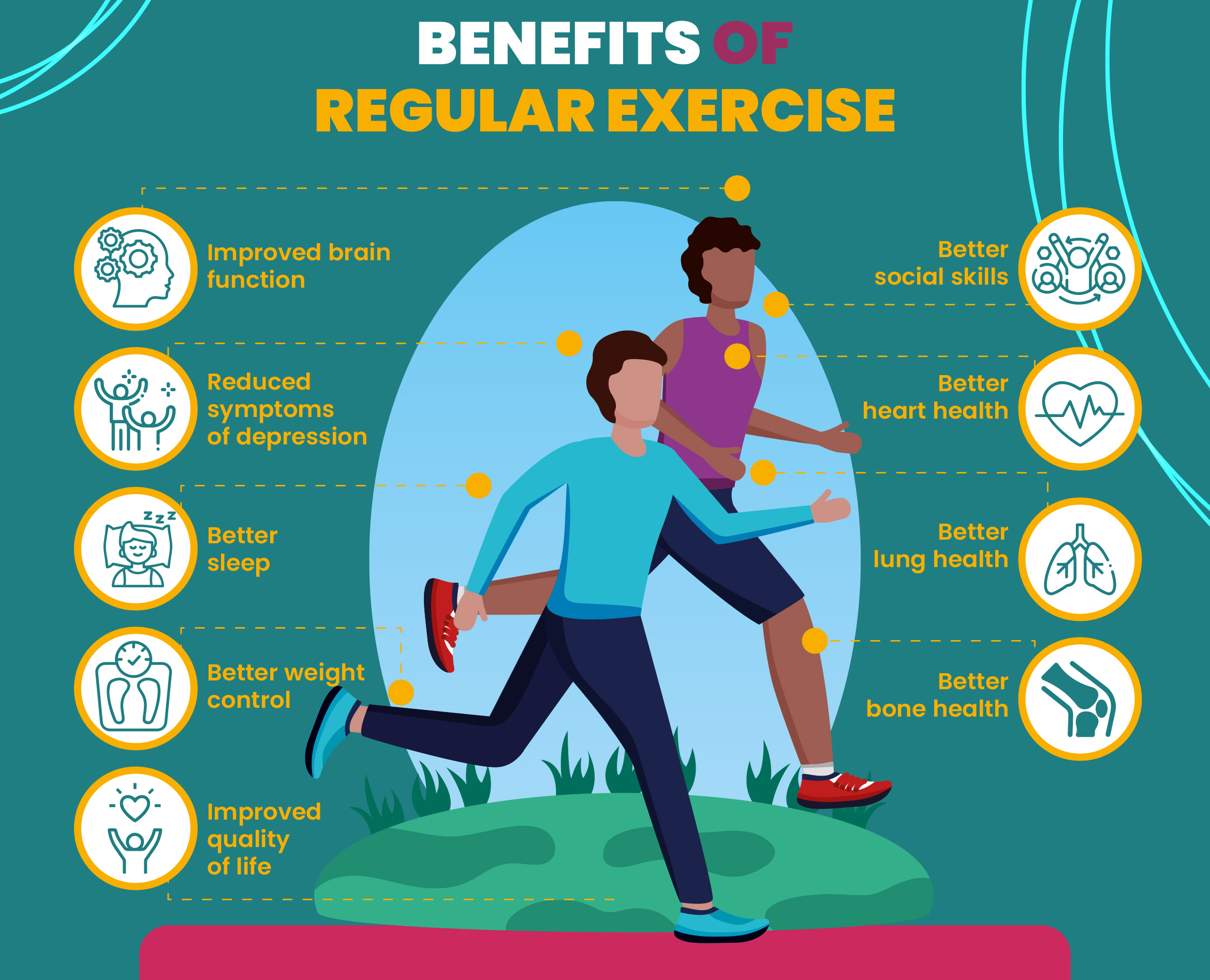
Physical Activity and Older Adults
Ageing brings about certain changes which reduce things like muscle mass (strength), balance, flexibility, mobility and cardiovascular fitness.
Having adequate levels of physical activity in turn battles these changes and minimizes the negative effects they have. Dedicating time to exercise sessions also brings about certain adaptations throughout life, delays cognitive decline and even improves memory. Overall exercise improves quality of life.
Physical Activity for Children 0-4 years
Physically active young children sleep better, are happier and are overall healthier. Exercise helps develop stronger bones and muscles in children, improves coordination which helps them achieve their milestones too. Besides maintaining weight and health, physical activity also contributes to improved learning and brain development.
Parents of children aged 0-4 years should aim for their children to carry out at least 180 minutes of physical activity per day. Activities such as playing with toys, playing with other children, jumping, riding a bike, skipping and obstacle courses will all help reach that mark.
Physical activity for children and youths 5-18 years
Children and youths should aim for a minimum of 60 minutes of moderate-to-vigorous physical activity daily. Besides the benefits in health and fitness, physical activity will also help build confidence and social skills, helps regulate mood and allows for easier concentration. Activities such as playing games, running, sports, going to the gym, climbing and many more will help achieve this daily goal.
Tips to understand exercise intensity
Intensity can be easily monitored with a sing-talk test. If an individual is able to sing whilst moving, this indicates that the activity is of light intensity, if an individual is able to talk but not sing (for example whilst riding a bicycle), this shows that the activity is of moderate intensity; and if an individual is short of breath and cannot say more than a few words without pausing to breathe whilst moving (such as whilst running), this indicates that the activity is of vigorous intensity.
Regular physical activity provides significant benefits for health and can be done at any level of skill and for enjoyment by everybody. By becoming more active throughout the day in relatively simple ways, people can easily achieve the recommended activity levels. For information on the benefits of physical activity and the recommended amounts by age and condition, visit the Physical Activity section of our website. Physical activity guidelines can be found for ages 0-4 years - Be Active Guidelines for Babies and Toddlers; Be Active Guidelines for Children and Youths 5-17 years; Be Active Recommendations on Physical Activity 18-65 years; and Be Active Recommendations on Physical Activity for 65+ years.
Click on the images below to access our Guidelines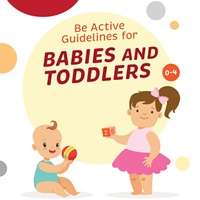
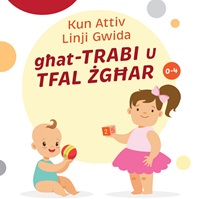
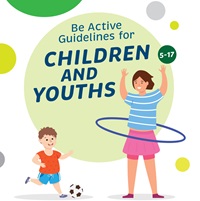

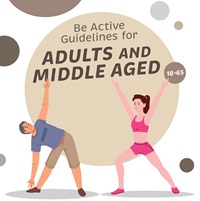
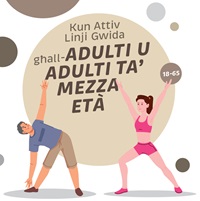
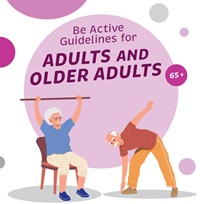
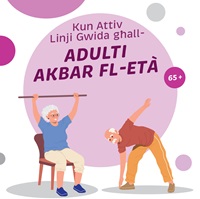
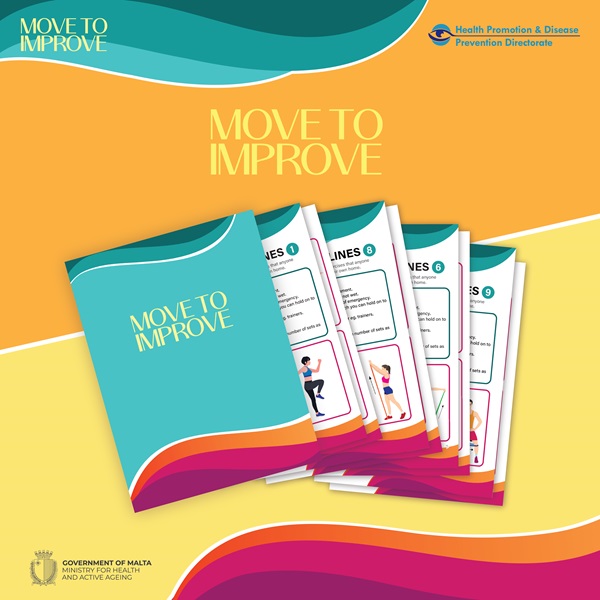
Move to Improve Physical Activity Sheets MLT/ENG
Various types of physical activity opportunities in different localities in Malta and Gozo were mapped. This resource provides ideas and locations of different types of physical activity opportunities to suit the needs, abilities and preferences of different individuals. Click here to access the map.
You can also make use of routes below .Click locality name to follow link or click Map to download PDF
1 - Pembroke 5.7km elevation 104m ascending 103m descending Map PDF
2 - Mellieha (Popeye’s village) 3km elevation: 112m ascending 136m descending. Map PDF
3 – Gharghur (0.89km doing it once, 1.8km to go all the way back) longer if you keep heading towards Bahar ic-Caghaq. Elevation 14m ascending 82m descending. Map PDF
4 – Bormla-Birgu (1.6km, 3.2km to walk back) Map PDF
5 – Siggiewi (3.87km, 7.74km to walk back) Map PDF
6 – Dingli (2.21km. 4.42km to walk back) Map PDF
7 – Dingli (2.69km, 5.38km to walk back. Map PDF
8 - Valletta (3.71km) Map PDF
